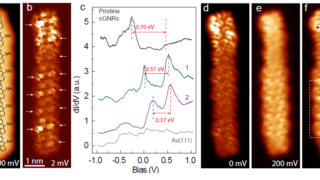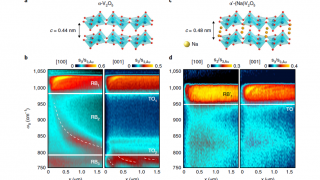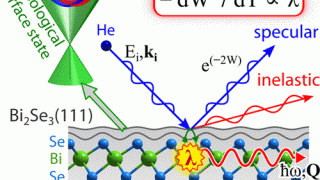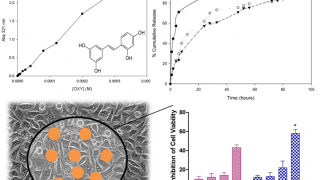
Optimal mixer placement in industrial-size biogas fermenters
Renewable energy sources are crucial to react to the continuous increase of energy consumption and pollution by carbon dioxide emissions worldwide. Biofuels, where the energy content is derived from a biological source, are one of the alternatives to oil and natural gas. Still, some biofuels are controversial, like biodiesel, because they imply cultivating certain crops […]








